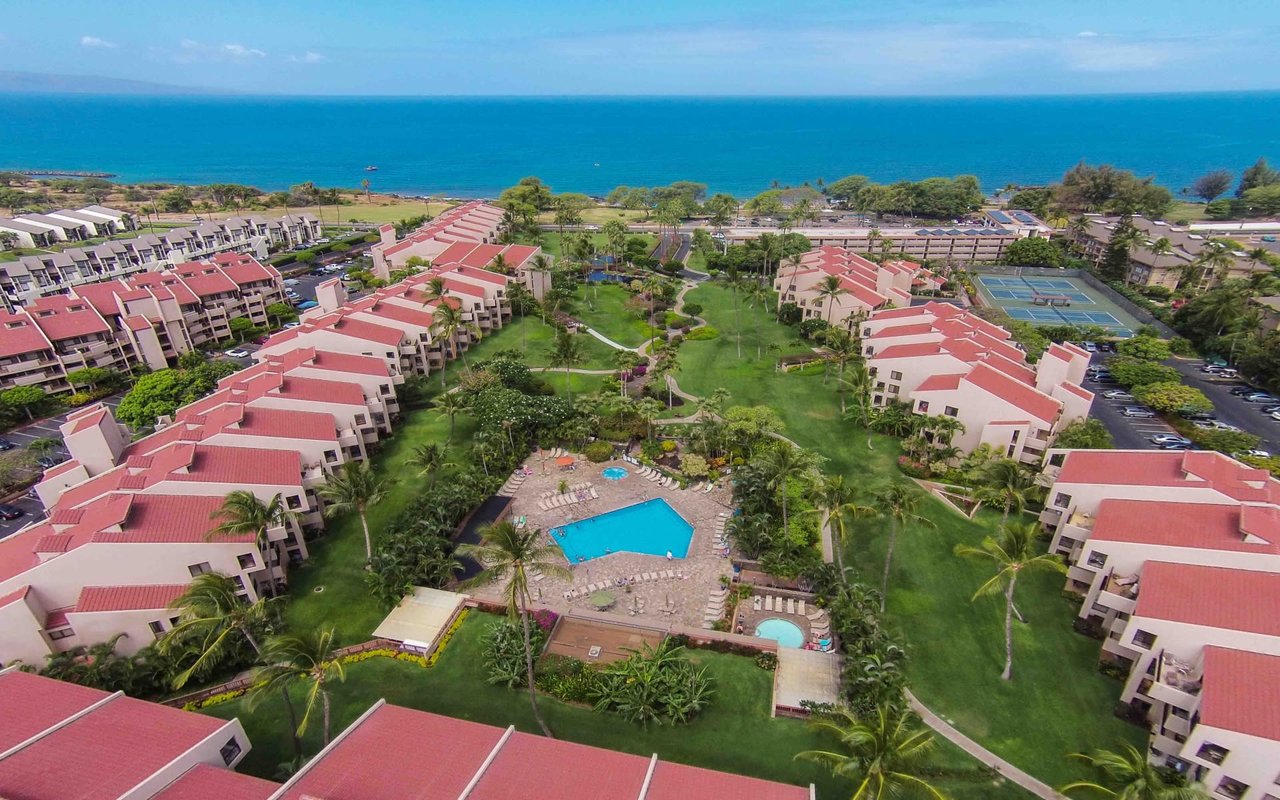Kihei
Kihei is the hub of South Maui, and borders eight miles of pristine, warm-water swimming beaches

Kihei is the hub of South Maui, and borders eight miles of pristine, warm-water swimming beaches

What are the current real estate trends in Kihei?
The real estate market in Kihei is currently witnessing robust growth, driven by high demand for residential properties, especially from those seeking a lifestyle close to the beach. The attraction of living in a resort-like environment with access to world-class beaches and year-round sunny weather has made Kihei a popular choice. Consequently, there's a trend towards rising property values and a competitive market environment. This demand has spurred developments ranging from luxury condominiums to single-family homes, catering to a diverse array of buyers and investors.
How have property values in Kihei changed in recent years?
Property values in Kihei have been on an upward trajectory in recent years. The town’s popularity as a destination for both tourists and permanent residents looking for vacation homes has fueled this increase. As more people discover the allure of Kihei’s lifestyle, coupled with limited new land for development, the existing properties have appreciated. The ongoing interest from both U.S. mainland and international buyers continues to drive the market, suggesting a stable future for real estate investments in the area.
What types of properties are most common in Kihei?
Kihei offers a diverse range of property types to accommodate various preferences and budgets. Condominiums are particularly prevalent, appealing to those looking for vacation homes or investment properties with opportunities for rental income. These condos are often located close to the beach and feature community pools, spas, and other desirable amenities. Single-family homes are also available, providing more space and privacy for families and long-term residents. Additionally, there’s a growing market for townhouses and multi-family units, which provide more affordable alternatives to detached homes.
What should potential homebuyers know about purchasing real estate in Kihei?
Potential homebuyers in Kihei should be aware of the competitive nature of the real estate market, especially near beachfront locations. It’s important to act swiftly when desirable properties come onto the market. Buyers should also consider the additional costs of ownership in Hawaii, such as higher property taxes for non-residents and higher homeowners insurance rates due to the tropical climate and storm risks. Engaging a local real estate agent with experience in Kihei’s market can provide invaluable assistance in navigating these challenges and finding a property that meets your needs and budget.
Is Kihei a good area for real estate investment?
Kihei is considered a strong area for real estate investment, thanks to its ongoing popularity with tourists and its reputation as a desirable residential area. The potential for rental income, particularly with short-term vacation rentals, makes it an appealing option for investors. However, prospective investors should be mindful of local regulations regarding rentals and ensure compliance. With its steady appreciation in property values and the high demand for accommodations, Kihei offers a promising return on investment, particularly for those willing to engage actively with the local market and community.
25,405 people live in Kihei, where the median age is 43.1 and the average individual income is $43,758. Data provided by the U.S. Census Bureau.
Total Population
Median Age
Population Density Population Density This is the number of people per square mile in a neighborhood.
Average individual Income
Kihei has 9,484 households, with an average household size of 2.66. Data provided by the U.S. Census Bureau. Here’s what the people living in Kihei do for work — and how long it takes them to get there. Data provided by the U.S. Census Bureau. 25,405 people call Kihei home. The population density is 664.03 and the largest age group is Data provided by the U.S. Census Bureau.
Total Population
Population Density Population Density This is the number of people per square mile in a neighborhood.
Median Age
Men vs Women
Population by Age Group
0-9 Years
10-17 Years
18-24 Years
25-64 Years
65-74 Years
75+ Years
Education Level
Total Households
Average Household Size
Average individual Income
Households with Children
With Children:
Without Children:
Marital Status
Blue vs White Collar Workers
Blue Collar:
White Collar:
Whether you're just starting to explore the options and want a quick overview of the areas and pricing, or specific properties have caught your attention, I would so appreciate the opportunity to share my knowledge and insight with you. Warm Aloha!